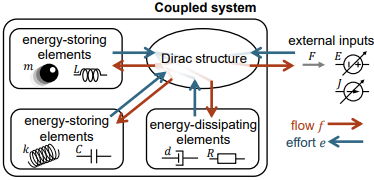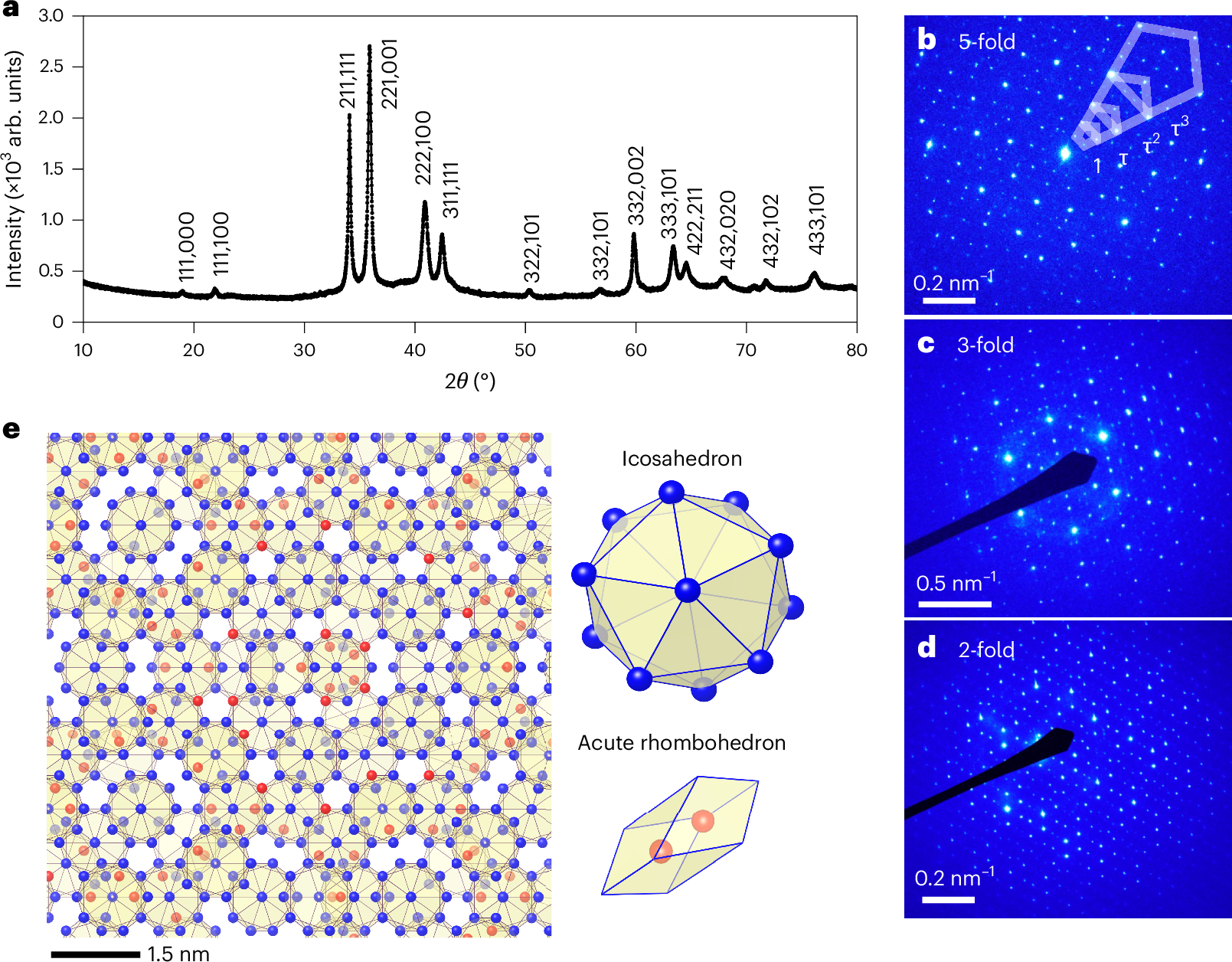2025-04-14 東京大学
<関連情報>
- https://www.iis.u-tokyo.ac.jp/ja/news/4747/
- https://www.cell.com/cell-reports-physical-science/fulltext/S2666-3864(25)00119-5
マニホールド・キャピラリー構造によるチップ冷却により、二相システムで105 COPを実現 Chip cooling with manifold-capillary structures enables 105 COP in two-phase systems
Hongyuan Shi ∙ Simon Grall ∙ Ryoto Yanagisawa ∙ … ∙ Jean Louis Viovy ∙ Hirofumi Daiguji ∙ Masahiro Nomura
Cell Reports Physical Science Published:April 7, 2025
DOI:https://doi.org/10.1016/j.xcrp.2025.102520
Graphical abstract

Highlights
•Embedded two-phase cooling solution for electronic thermal management
•Manifold distribution layers efficiently reduce flow resistance compared to microchannels
•Capillary structure of micropillar enhances thin-film evaporation
•A chip cooling system with a coefficient of performance up to 105
Summary
The exploration of two-phase flow and heat transfer within confined spaces has revealed its potential to mitigate formidable heat dissipation in various applications, such as thermal management in advanced electronic devices. However, the inherent, remarkable disparity between the specific volume of two phases, coupled with size effects on liquid/vapor interactions, occasionally results in uncontrolled multiphase flow, increased pressure drop, and reduced critical heat flux. Here, we present an innovative cooling solution using a microchannel heat sink with micropillars as the capillary structure to enhance thin-film evaporation, thus controlling the chaotic two-phase flow to some extent and mitigating local dry-out issues, along with three-dimensional (3D) manifold fluidic passages for efficient distribution of coolant into the microchannels. We demonstrate a significant increase in the coefficient of performance, reaching up to 105. Our approach not only sets a new benchmark for cooling efficiency but also opens pathways for thermal management in next-generation, high-performance electronic systems.



